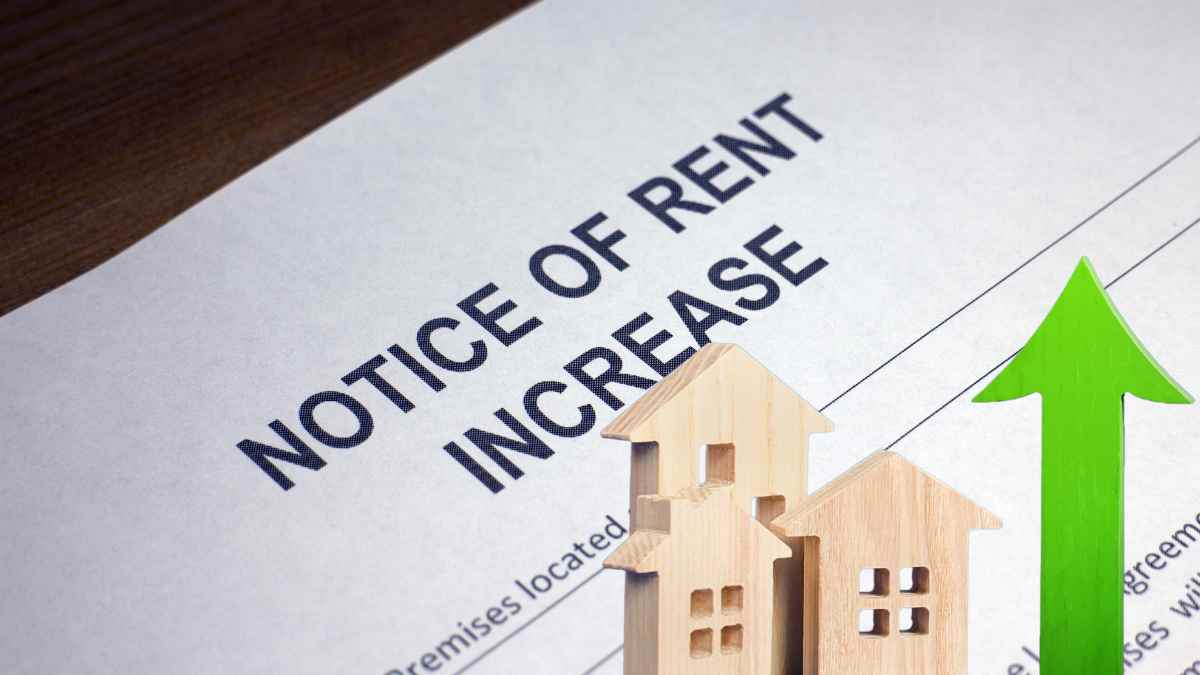Rental prices in the United States have registered an increase that, although moderate on average, may be surprising in certain regions. According to data updated in January 2025, the national average rent stands at USD 1,554 per month, with an estimated year-over-year increase of 0.9%. However, this overall picture hides significant differences between states and cities, where variations may exceed the average and condition access to housing for thousands of tenants.
The following is a detailed review of rental costs by region, the most expensive and the least expensive places, as well as new developments by the U.S. government – through the Department of Housing and Urban Development (HUD) – aimed at balancing landlords’ operating expenses and maintaining the supply of affordable housing.
The average rent in the United States
The average size of an apartment in the country is around 699 square feet, but the monthly cost varies according to the number of bedrooms and geographic location. According to the latest reports:
- Studio (approx. 468 sq. ft.): USD 1,557/mo.
- One-bedroom (approx. 699 sq. ft.): USD 1,554/month
- Two-bedroom (approx. 999 sq. ft.): USD 1,807/month
- Three-bedroom (approx. 1,290 sq. ft.): USD 2,219/month
In this context, states such as California and the District of Columbia have the highest rents nationwide. In California, the average value for a 652 ft² apartment is USD 2,152 per month, while in the District of Columbia the average is USD 2,292 for units of about 691 ft².
The states with the highest increases
Although California remains among the most expensive, Rhode Island tops the list of largest year-over-year increases, up 4.3%. It is followed by:
- Delaware: +3.9% (USD 1,469/month).
- Virginia: +3.8% (USD 1,751/month).
These increases, which may seem low in percentage terms, in practice have a significant impact on tenants’ pockets, especially in a scenario where inflation and utility costs have been rising since 2024.
The cheapest rents
On the other hand, there is a group of states whose rental values remain below the national average. Among them stand out:
- Oklahoma: USD 887/month (+2.4%).
- Arkansas: USD 919/month (+2.5%)
- West Virginia: $921/month (+2.7%)
For many renters, especially young people looking to start their college or professional life with more affordable housing costs, these states may represent an attractive alternative.
Cheapest cities in the United States
Beyond the states, there are small cities with really low rental values. Notable examples include:
- Coloma, Wisconsin: USD 204/month (703 ft²).
- Linton, Indiana: USD 235/month (730 ft²)
- Mc Gregor, Texas: USD 251/month (751 ft²)
These locations, however, tend to have less economic development and limited job opportunities. Consequently, despite the lower rental costs, many question whether it pays off in terms of average wages and career prospects.
HUD’s new adjustments to address rising costs
Amid this backdrop, the U. S. Department of Housing and Urban Development (HUD) announced major changes to help multifamily homeowners cope with rising operating and insurance costs. Through the update of the so-called Operating Cost Adjustment Factors (OCAFs) -or operating cost adjustment factors-the goal is to balance costs for those leasing properties with Section 8 contract assistance while maintaining rate stability for tenants.
According to HUD, over the past five years, insurance costs for these types of properties have nearly doubled on average. The most affected areas are those located on the Gulf and Atlantic coasts, where weather events increase the risk of losses. With these new factors, which will take effect for anniversary leases as of February 11, 2025, landlords are expected to be better able to meet their expenses and continue to offer affordable rents.
“Escalating property expenses and insurance policy increases are a growing concern for families and affordable housing providers across the country. The new OCAFs represent a robust response by HUD and the Biden-Harris Administration to address these challenges affecting both property managers and residents,” said Julia R. Gordon, Assistant Secretary for Housing and Federal Housing Commissioner.
In addition to OCAFs, HUD has undertaken other initiatives, such as the Green and Resilient Retrofit Program (GRRP), which in 2023 allocated more than $1.1 billion to improve the energy efficiency and resiliency of assisted properties. These improvements aim not only to mitigate the impact of climate change, but also to help reduce long-term operating expenses.
What to consider before renting in 2025?
Against the backdrop of increases and further adjustments, experts recommend prospective tenants to analyze:
- Total cost of living: Beyond the price of rent, it is essential to know costs of transportation, food and basic services in the area.
- Wages and job opportunities: Cities with low rents, but few employment opportunities, may not be as desirable in the long run.
- Assistance programs: Subsidies and affordability calculation tools are available to determine how much to allocate to the monthly payment without compromising personal finances.
From our digital newspaper, you can be informed about more articles related to economic news in the United States.
